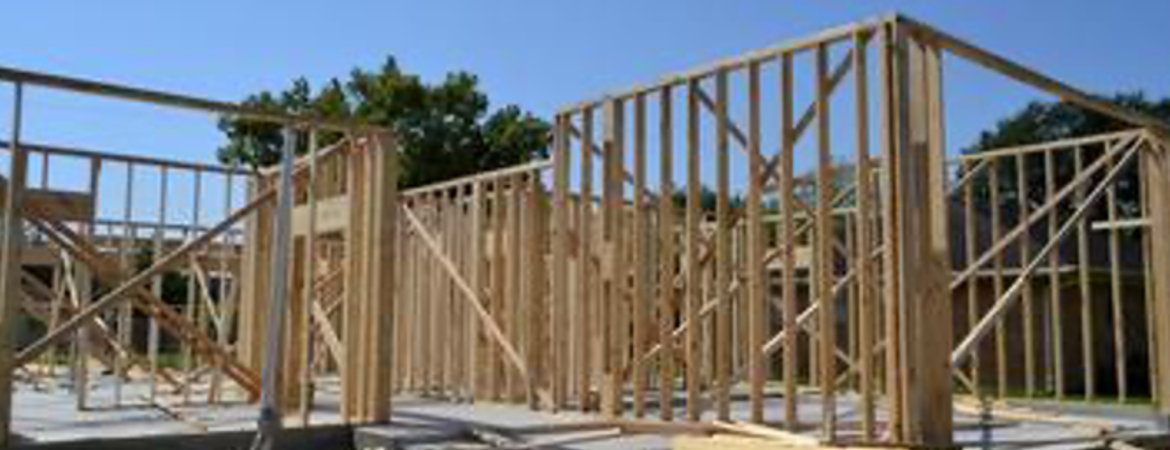Center for Social Innovation

If there is a future for the region’s middle and upwardly mobile working class, it’s more likely to be found in the state’s large, generally more affordable, interior, known as the Inland Empire, or “the IE.” But for that to happen, the area’s promise needs to be better recognized—and supported—by policymakers.
Starting in the second half of the nineteenth century as a rural area with a few small cities built around affordable land and imported water—San Bernardino, Riverside, Ontario—the Inland Empire evolved as a place where, as the city of Chino’s motto puts it, “Everything Grows.” Over the years, the IE’s burgeoning farm economy attracted Mormons, Chinese, Japanese, Dutch, Basques, and Russians, and the area was also home to a large Latino workforce. By the end of the twentieth century, the IE was California’s growth hub. More than 300,000 people moved in from the state’s coast between 2007 and 2011, representing America’s largest county-to-county population shift. The IE is now one of the nation’s fastest-growing economies, and Riverside–San Bernardino–Ontario, with 4.5 million residents, is America’s 13th-largest metropolitan statistical area, ahead of Seattle, San Diego, and Denver.
As California’s overall rate of growth falls below the national average for the first time, with Los Angeles itself losing population, the IE continues to attract migrants, particularly families. It has remained, according to the American Community Survey, the only large region in the state that exceeds the national average of residents between the ages of 15 and 50 with children. Most of the area’s growth comes from the increased influx of immigrants and minorities, heavily Latino. The IE turned majority Latino in 2017, according to census data.